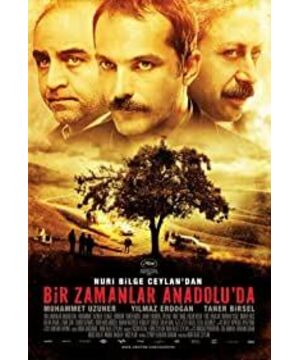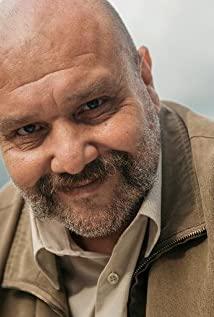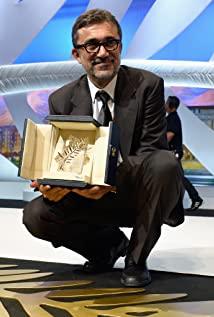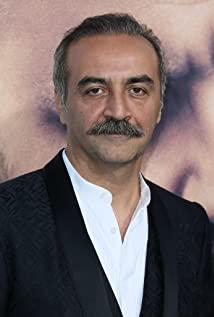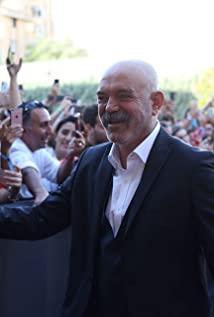This is Ceylon's 2011 work, 157 minutes, also known as "Once Upon a Time in Asia Minor". The grand naming, the lengthy space, the delicate characterization, the boring drama, the gorgeous photography, the parallel time and space of the equation, the half-hearted characters, the unfinished taste, the elusive truth, the boundless ambition, the dazed look around refers to.
Here, since it is a self-talk about reviewing the movie, I still have to be faithful to my true feelings. Due to my limited learning and education level, I fell asleep three times watching this movie, but I still finished watching it. It was the Jury Prize at the 2012 Cannes Film Festival.
This film has nothing to do with narrative, I can only describe it in another word: image state. The video state of this film is that several Turkish police officers, doctors, prosecutors, and several armed police officers similar to China are holding two suspects in three vehicles, and they have been searching for the place where the bodies are thrown in the Anatolian plateau since the evening. Dawn found it, transported the corpse back to the town, the doctor dissected the corpse, the intestines were picked out and spattered a few blood spots on the doctor's face, and it was finished with the sound of the corpse being cut.
In the middle are endless dialogues and endless blanks and metaphors for the state of the characters at the end of the mirror. I can't see the direction of the metaphor, but I can feel Ceylon's strong insistence on the metaphor. The protagonists of the paragraphs are grouped into group portraits, full of perspective, night and day, almost equal to time and space.
My guess is that Winterbottom cut it, and it's estimated that it will turn 157 minutes into 110 minutes. Liu Yijun cut it, it is estimated that it will change from 157 minutes to 87 minutes.
I guess the barren hills of Anatolia, beyond the monsoons of the Indian Ocean, are full of irascible and thirsty desires;
I guess that the narrow door of the throat of Eurasia makes the iron hoofs and machetes of Eastern and Western civilization step in and out, so that the temperament of Asia Minor is tired and sentimental;
I guess, the feet of the Muslims on the ruins of the Byzantine Orthodox make their gods unable to find their way back, and they seem at a loss at the intersection of the unity of the church and the secular, using the lines of the prosecutor to persuade the police officer Nancy: "You are so How do we join the EU?”
These, I guess, are all empty and complex references to Ceylon's so-called mirror blanks, so that all the characters in the film are preoccupied, depressed, and out of place. Paradoxically, their repressed mental state does not have a clear and inner psychological arrangement, but relies on the audience's full understanding and imagination of the Turkish cultural reality outside the film. This goes far beyond the notion that I have always understood that the life of a movie is just the movie itself, and I can only call this type of movie a "museum movie".
I guess, all directors of "museum films" in the East and West who want to gain something at the film festival have learned this set of nibbling. You can find the same temperament and character as this film in a film similar to the description of a small town on the Loess Plateau. state.
I guess, Ceylon is trying to think of the huge stone statue split by lightning, the winter night wind blows the apples rolling, the young people move far away from the European Union, and the old people who are "born like mice and die like mice" are left in the sky above the town. Fragmented video units for kissing relatives and so on build a grand narrative picture (this has almost become a typed formula), completing the so-called historically written "Once Upon a Time in Anatolia".
Just tell a story, give some cause and effect, isn't the most compelling job in the history of Eastern and Western cultures not just narration, even the symphonies of Beethoven and Lao Chai are narrations. In a language spectrum in which we have rejected metaphor and rhetoric, is it still fun to play like this?
The only thing I dare to admire is that Ceylon chose the core event of the pierced image state, which is extremely talented, that is, finding the dead body and dissecting the dead. Only on this rope can the group portraits in the film be integrated organically and completely, and will not be completely and hopelessly fragmented.
But don't think about the story behind the crime, that's the story, not the movie.
View more about Once Upon a Time in Anatolia reviews


